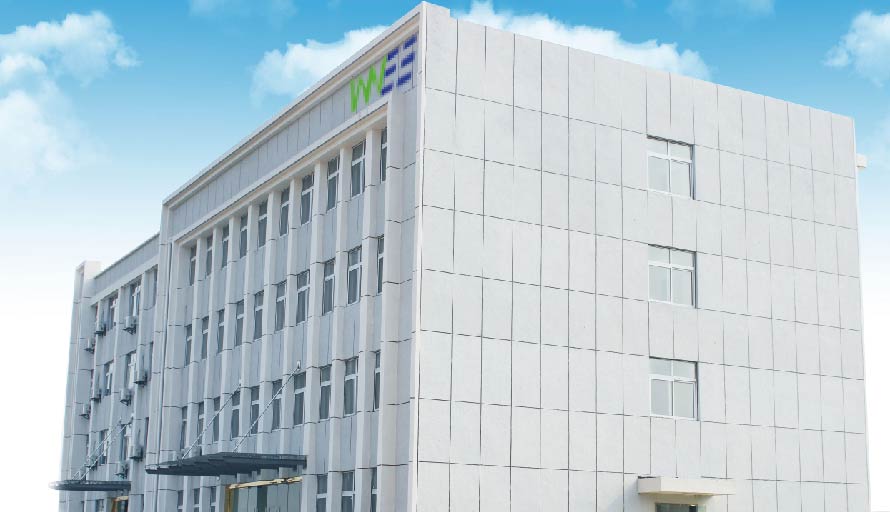-
Home
-
Products
Products-
LiFePO4 Battery
-
Residential Energy Storage
-
Commercial And Industrial Energy Storage
-
Utility-Scale Power Storage
-
Battery Switching Station
-
Lithium Battery OEM & ODM
-
-
Solutions
-
Services
-
Services
-
News
-
-
About
-
Contact Us
- Where Buy
- Home
-
Products
Products
-
News
- News
-
-
- Choice of Energy Storage Systems: Industrial and Commercial Energy Storage vs. Containerized Energy Storage
-
- Economic Viability Enhancement Drives Accelerated Growth in Energy Storage
-
- Four Major Demands for Commercial and Industrial Energy Storage
-
- Why does energy storage continue to experience high growth? Why is commercial and industrial energy storage leading industry growth?
-
- As Residential Energy Storage Demand Rises, All-in-One Units Emerge
-
- The Rise of Energy Storage Industry and the New Favorite of Household Energy Storage - Lithium Iron Phosphate
-
- Home energy storage system: achieving green home life with efficient energy utilization
-
- Residential energy storage systems are gradually entering thousands of households, and why are household energy storage batteries becoming increasingly popular?
-
- For residential energy storage systems, should lithium iron phosphate batteries or lead-acid batteries be chosen?
-
- Market Analysis of Energy Storage Batteries

-
X - Solutions
- Application
- Services
- Services
-
About
X
- Contact Us








